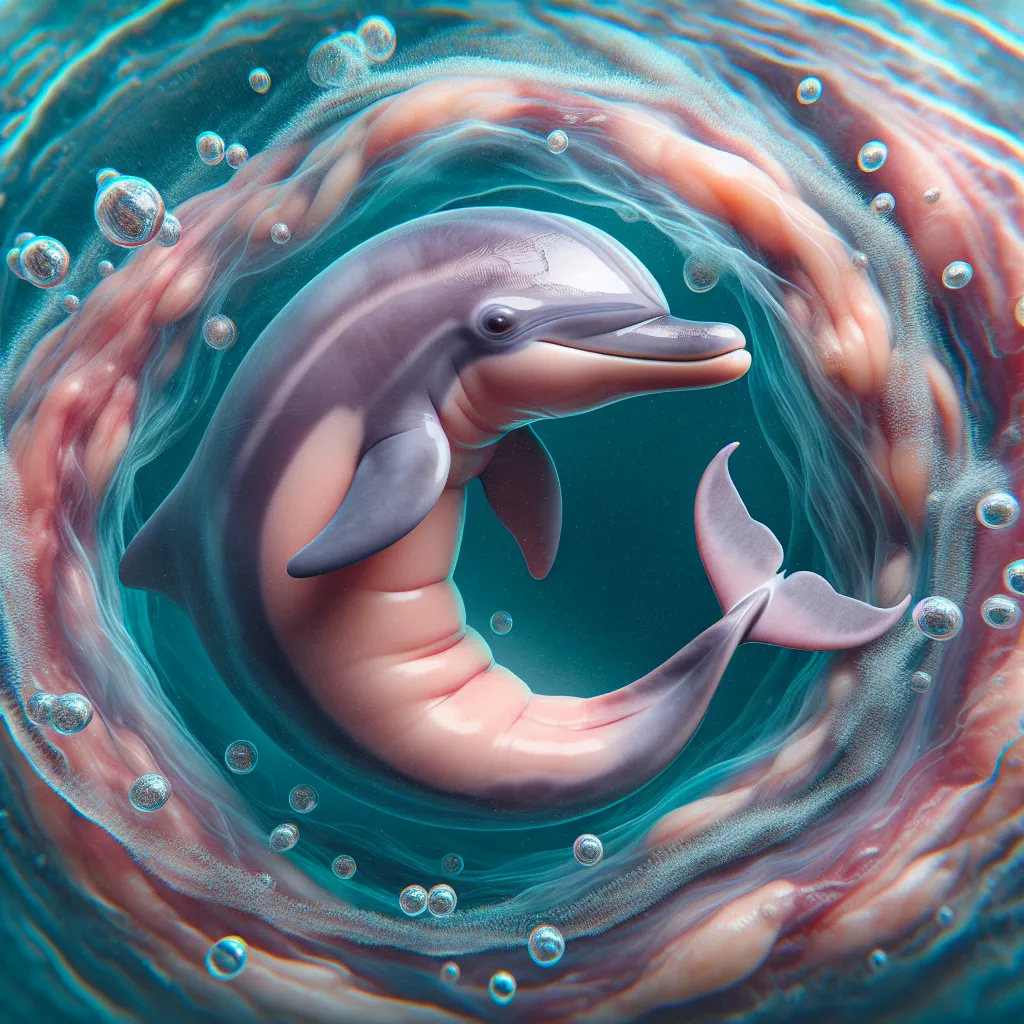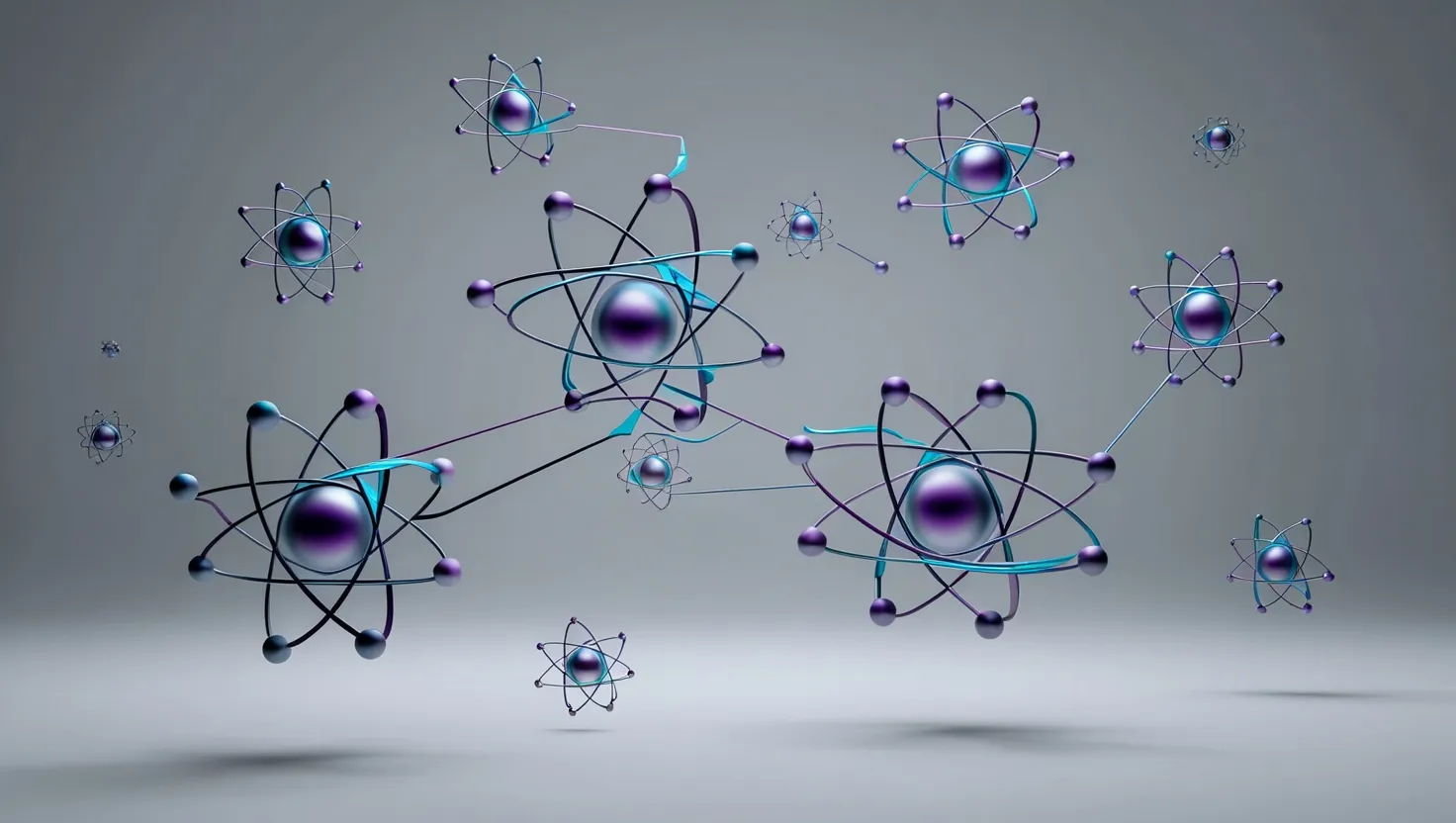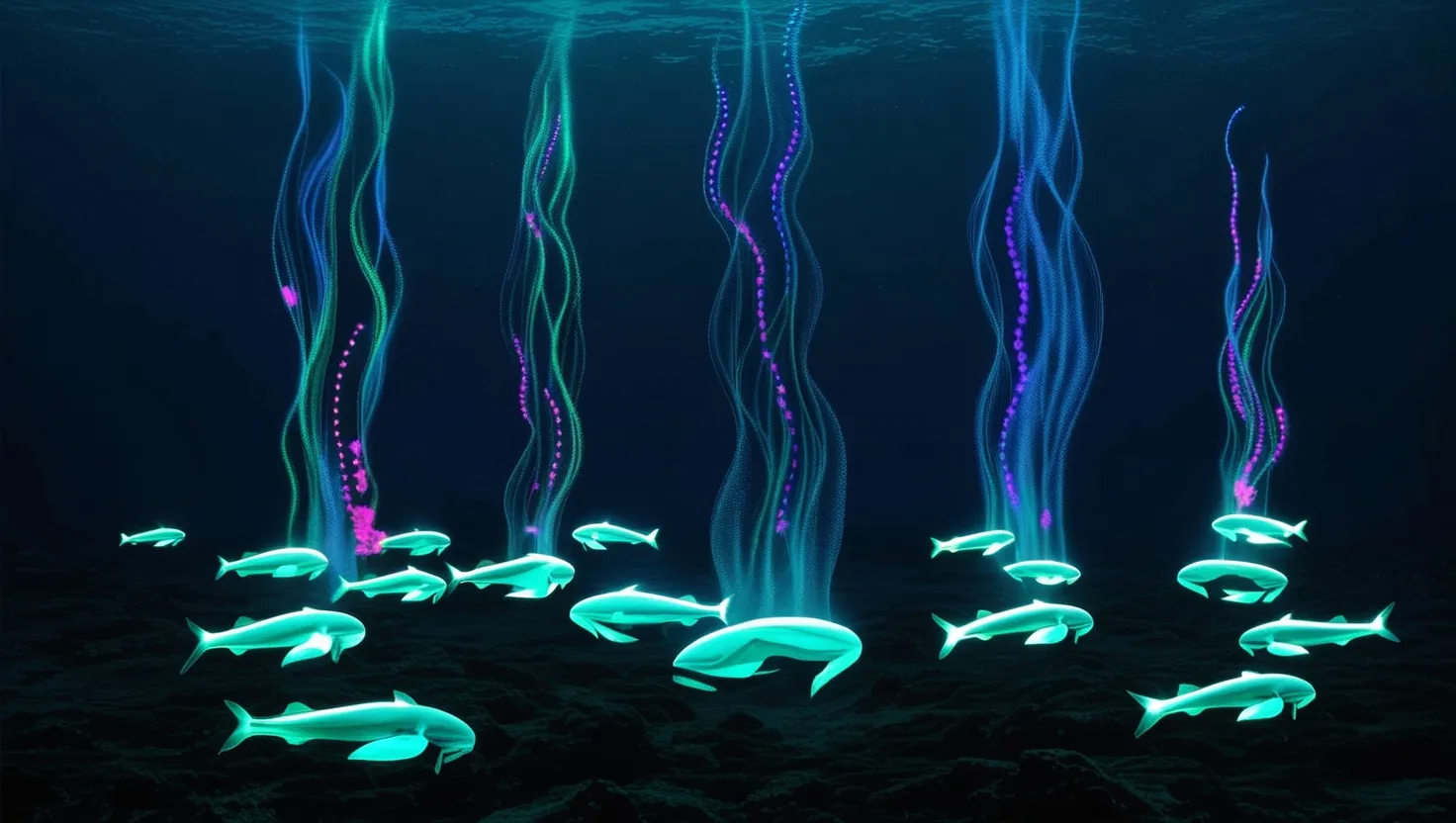Imagine you’re a month into your journey as an expectant mother dolphin. Within your womb, the embryo is already starting its miraculous transformation. Initially, it seems like nostrils are forming, but these soon shift upwards toward what will become the blowhole. Fast forward to eight weeks. Now we can view this tiny life as a fetus in what’s known as 4D imaging. Picture it bouncing around, swimming in the warm, safe fluid of your womb, gulping and swallowing – it’s having quite the time in its private, cozy pool.
Just a bit over two months from conception, the fetus begins to morph into the unmistakable shape of a dolphin. Flippers start to show, and the beginnings of a tail, known as a fluke, take shape. This tail is no ordinary body part. Fully formed, it’s a tool of propulsion and a weapon. Although sharks often steal the spotlight as the ocean’s ultimate predators, dolphins are formidable hunters. They can deliver a fierce tail strike, flinging fish meters into the air with enough force to stun or even kill them.
As the fetus grows, the muscles in its tail become incredibly powerful. These muscles will enable it to perform extraordinary feats, like standing upright on its tail, almost like walking on water. Meanwhile, those nostrils that shifted to the top of its head are beginning to join together. Soon, a specialized flap of muscle will create a watertight seal, making it possible for the dolphin to breathe efficiently. Once matured, your dolphin will need to breathe just two to three times per minute.
Now, here’s an interesting twist. While humans breathe involuntarily – our bodies do it for us, even if we’re unconscious – dolphins breathe consciously. They must actively decide each breath. If a dolphin is unconscious, it doesn’t breathe and could suffer from asphyxiation. This means that dolphins never truly sleep; their brains must always stay alert enough to keep them breathing. So, a dolphin’s entire life is lived in a delicate balance between activity and alertness, with no real rest or downtime.
This remarkable journey from embryo to dolphin is nothing short of miraculous, showcasing nature’s incredible ability to shape and adapt life for survival in the deep blue sea.






